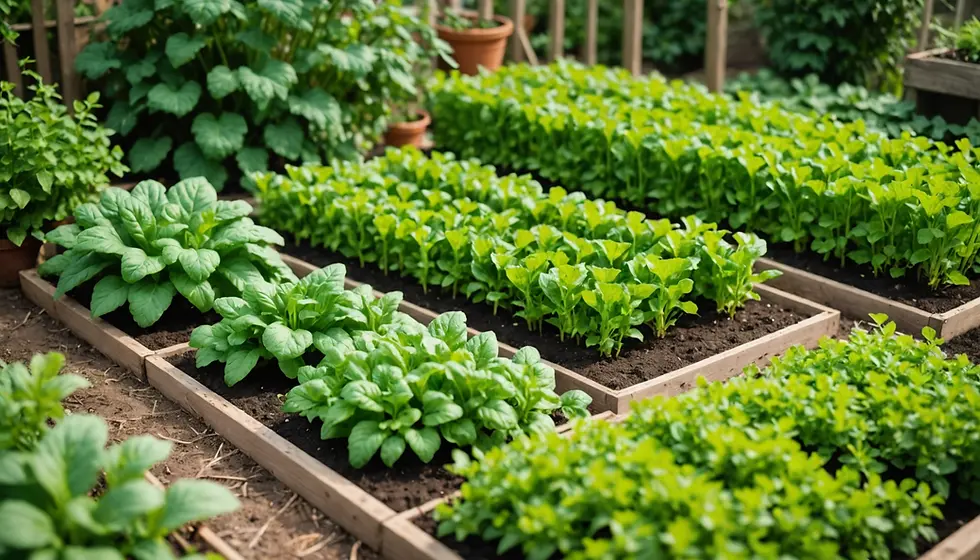Different Types of Sustainable Housing for Off-Grid Living
- Crountryside Living
- Dec 26, 2023
- 2 min read

Living off the grid can offer numerous benefits, including reduced dependence on traditional utilities and increased self-sufficiency. One crucial aspect of off-grid living is sustainable housing. In this document, we will explore various types of sustainable housing options that are well-suited for off-grid living.
1. Earthships:
Earthships are unique, self-sustaining structures designed to minimize their environmental impact. They are typically made from recycled materials and utilize passive solar heating, rainwater harvesting, and on-site wastewater treatment systems. Earthships are known for their energy efficiency and can be constructed in various shapes, sizes, and styles.
2. Tiny Houses:
Tiny houses have gained popularity in recent years due to their affordability and minimalistic lifestyle. These compact homes are designed to maximize space efficiency while minimizing energy consumption. Equipped with solar panels, composting toilets, and rainwater collection systems, tiny houses offer sustainable and off-grid living options for individuals or small families.
3. Straw Bale Houses:
Straw bale houses are built using bales of straw, which act as excellent insulation material. These homes provide exceptional energy efficiency, keeping the interior cool in summer and warm in winter. Straw bale houses are often combined with other sustainable features such as solar panels, rainwater harvesting, and high-efficiency appliances.
4. Shipping Container Homes:
Converting shipping containers into homes is an innovative solution for off-grid living. These containers, which are no longer suitable for shipping purposes, can be repurposed into comfortable and sustainable living spaces. With proper insulation, solar panels, and rainwater collection systems, shipping container homes can provide a cozy and environmentally friendly off-grid housing option.
5. Cob Houses:
Cob houses, also known as earthen houses, are made from a mixture of clay, sand, and straw. These natural materials are readily available and provide excellent thermal mass, keeping the interior temperature stable. Cob houses are sustainable, durable, and aesthetically pleasing, making them a popular choice for off-grid living enthusiasts.
6. Geodesic Domes:
Geodesic domes are spherical structures made from interconnected triangles. These homes are known for their strength, efficiency, and natural ventilation. Geodesic domes excel at utilizing passive solar heating and cooling techniques. Additionally, their unique design allows for rainwater collection and efficient use of space.
7. Yurts:
Yurts are traditional, portable structures that have been used by nomadic communities for centuries. These circular dwellings are built with a lattice frame and covered with various materials such as canvas or felt. Yurts are easy to assemble and disassemble, making them suitable for off-grid living. They offer a sustainable and cost-effective solution for those seeking a simpler lifestyle.
In conclusion, there are various types of sustainable housing options available for off-grid living. Earthships, tiny houses, straw bale houses, shipping container homes, cob houses, geodesic domes, and yurts all provide unique and environmentally friendly alternatives to traditional housing. These options allow individuals and families to live off the grid while minimizing their ecological footprint and embracing a more sustainable lifestyle.




Comments